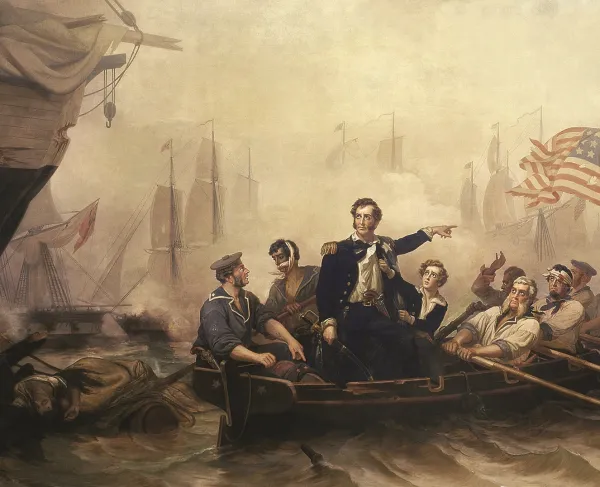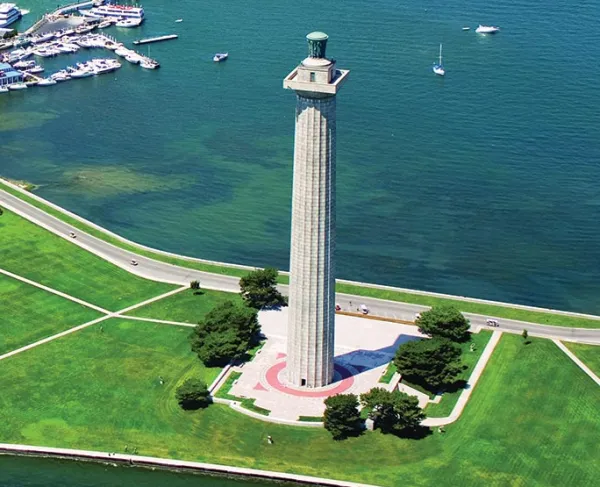The Great Lakes in the War of 1812
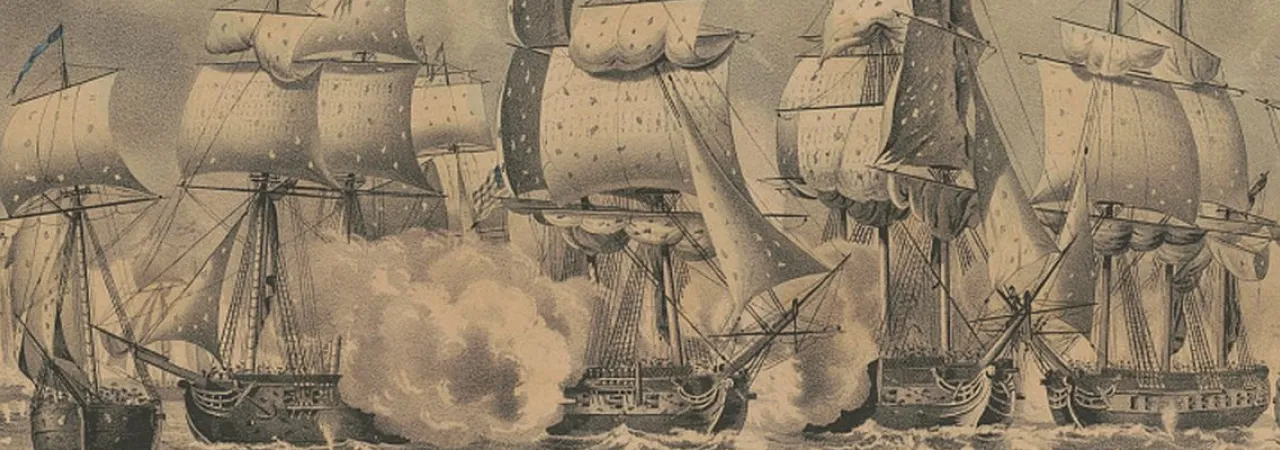
At the start of the War of 1812, the United States Navy found itself completely outmatched by the many times larger Royal Navy on the open ocean, with the exception of a half-dozen heavy frigates like the USS Constitution. With the Invasion of Canada, the United States opened an entirely new naval theater where they stood on more equal rigging: the Great Lakes.
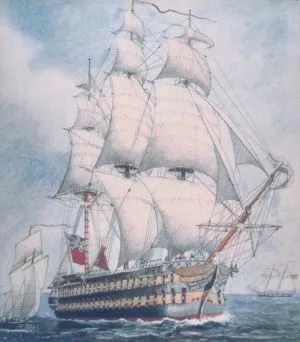
Lying along the border between the independent United States and the British-controlled Canadian provinces, the Great Lakes were perhaps the most remarkable geographic feature of the Northwest Frontier. Lake Superior, the westernmost of the five, is the largest freshwater body by surface area on the globe, but even the smaller ones are large enough to affect weather patterns in the area. So large were they that early French explorer Samuel de Champlain initially mistook them for the Pacific Ocean, and even later expeditions believed them to be part of the fabled Northwest passage after that initial theory was disproven. Still, as European settlement advanced, the area around the Great Lakes became important commercial centers for the fishing and fur trade industries. Even more important, for a military context at least, the lakes provide the most convenient supply route between America and Canada. At this time in history, the frontier area around the lakes was barely developed, which greatly slowed overland travel and also exposed it to possible raiding. Despite whatever challenges an enormous body of water might present, using the lakes to ship supplies from one shore to the opposite was a far lighter ordeal than using a land route. Control of Lake Ontario especially granted access to the St. Lawrence River, providing a clear supply route that can guide an invader right through Montreal and up to Quebec City, the two most important cities in Canada at the time. The Great Lakes, therefore, were important objectives for both American and British war efforts during the war
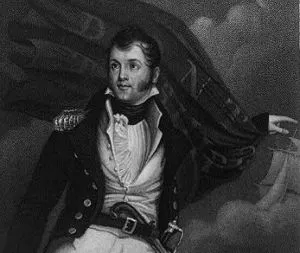
Naval engagements on Lake Ontario began soon after President James Madison declared war on the United Kingdom. Though most of the individual actions were small, they took place quite frequently, and not only on the water but also against the numerous fortifications that dotted the coast on either side of the border, with land and aquatic forces working in tandem. One of these coastal raids in the lead up to the Invasion of Canada led to the burning of York, modern-day Toronto, which inspired the British to later burn Washington, D.C. as an act of revenge. American commander Commodore Isaac Chauncey and his British adversary Sir James Lucas Yeo, both experienced and talented commanders, failed to defeat each other in decisive combat, and so resorted to a kind of arms race, using the vast amounts of timber in the area to build larger and grander fleets. Still, the fight over Lake Ontario remained mostly indecisive until Yeo launched the HMS St. Lawrence, a 112-gun ship of the line and the only one of its kind in the British Navy to ever be built for freshwater, on September 10th, 1814. After its launch, the United States did not even attempt to take back control.
The most famous Great Lakes engagement, however, took place on neighboring Lake Erie, near the island of Put-In-Bay, Ohio. On September 10th, 1813, American captain Oliver Hazard Perry successfully challenged his British opponent into open battle where Chauncey avoided the same with Yeo, and decisively defeated him. So massive was Perry’s victory that the words he had sewn into the flag of his personal ship, “Don’t Give Up the Ship,” gained immortality as a motto of the United States Navy. More immediately, the victory played an enormous role in the retaking of Detroit from British hands, and the American victory at the Battle of the Thames, in which Native American insurgent and British ally Tecumseh was killed. Unlike Lake Ontario, Lake Erie remained firmly in American hands for the rest of the war.
After the end of the war, the United States and Britain began the work of demilitarizing the area around the Great Lakes. The 1818 Rush – Bagot Treaty ruled that either power could only field one ship “not exceeding one hundred tons burden, and armed with one eighteen pound cannon.” The 1871 Treaty of Washington followed up on this progress, completely demilitarizing the region, and establishing almost a century and a half of friendly relations between the United States, Great Britain, and the newly independent Canada. With demilitarization, came increased settlement, development and finally, industrialization as settlements like Cleveland, Buffalo, Chicago, and Detroit experienced great amounts of development and industrialization. The Great Lakes region was now no longer the frontier.
Related Battles
123
440
